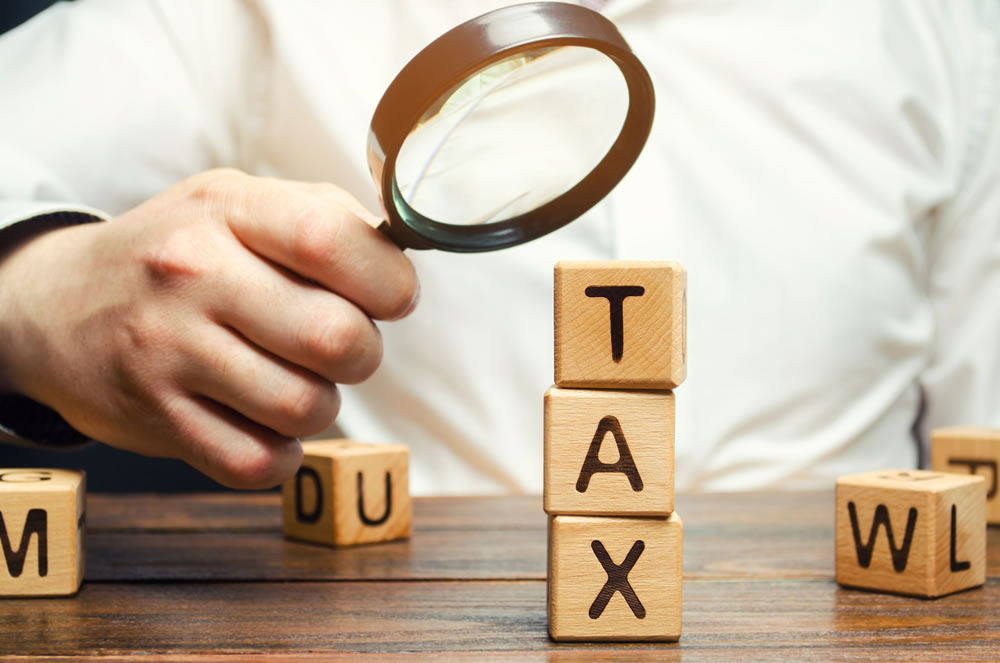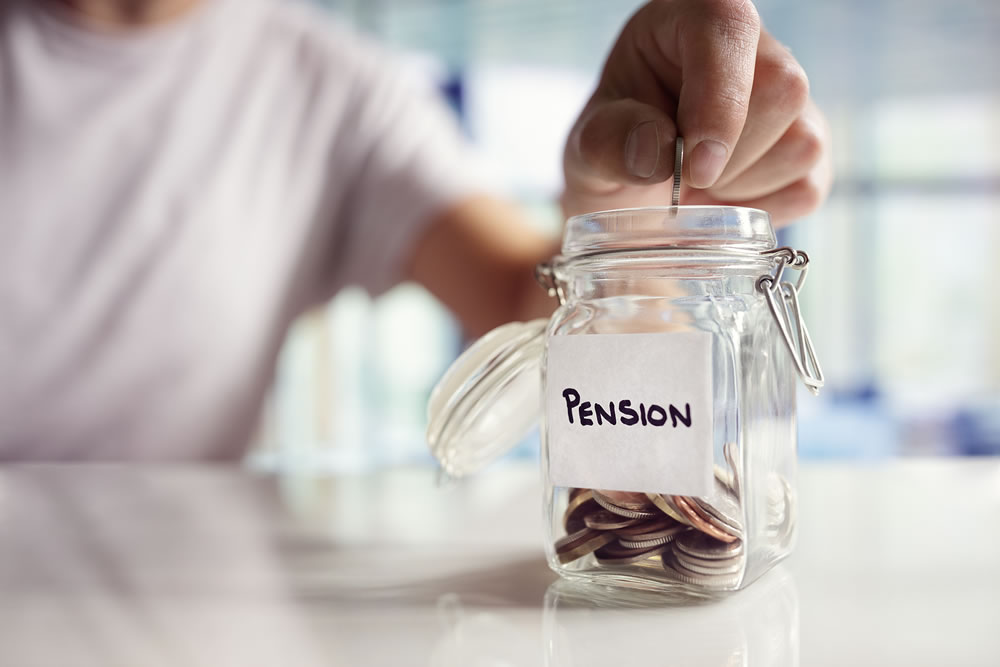Words by Melloney Underhill, marketing insights manager at St. James’s Place Wealth Management.
The UK’s complex and ever-changing tax system offers plenty of scope for misunderstandings and expensive oversights. There is a little-known tax sinkhole that, whilst it doesn’t directly affect many people, it is worth knowing about, because it’s the perfect example of how taxes can appear by surprise or in different places. It demonstrates that while tax is something that can have a real effect on your finances, it is largely out of your control.
Because of a quirk of the way that personal allowances work, there is effectively a 60% income tax rate on earnings between £100,000 and £125,000. It is an unofficial effective income tax rate that you won’t find on any government web pages.
What the 60% rate represents is that sinkholes can appear anywhere – tax allowances do change, and those changes can affect you. For anyone earning over £80,000 or so, the chancellor has the opportunity every tax year to amend the threshold and the rules in a way that might have a big impact on you.

How does this sinkhole happen?
If you earn £100,000 or over, your £12,500 personal tax allowance is tapered away at a rate of £1 for every £2 you earn above £100,000. This means that for every £100 of income between £100,000 and £125,000, you only get £40 to take home, with £40 taken in income tax and another £20 lost due to the gradual removal of the personal allowance – amounting to an effective tax rate of 60% on the £25,000 you earn over £100,000.
Once you earn £125,000 or over you don’t benefit from any personal allowance.
How you can avoid it
It may be that you feel comfortable with paying more tax than you need to; some may view it as a philanthropic measure during difficult times for the country. But if you would prefer not to do that, there’s almost always some action you can take to avoid or reduce the impact of tax sinkholes such as the 60% tax trap.
The main option if you’re in a zone where you’re close to moving into a higher threshold, including the £100,000 60% level, is to put more into your pension to reduce the earnings that fall into that bracket.
For example, say you get a £1,000 pay rise that takes your taxable income to £101,000. Not only does paying that £1,000 into your pension take you back out of the 60% zone, but you benefit from the 40% higher-rate tax relief available on that contribution, which could also be topped up by your employer’s contributions.

Additional benefits of paying more into your pension
Pension contributions can help you mitigate tax in other ways, too. An obvious example is the use of pension payments by middle-income earners to avoid being dragged into the higher-rate tax threshold.
A less obvious example is the case of the high-income child benefit charge. This applies where a household that receives child benefit has at least one partner with a net adjusted income of more than £50,000. This charge is another that has a tapering effect, with an extra 1% deduction of the amount of child benefit for every £100 of adjusted net income above £50,000.
However, the income figure includes pension contributions made during the tax year, which means that you can lower it by increasing your contributions.
Keeping on top of tax policy changes
These are just examples of the ways in which tax allowances can catch people unawares, with potentially expensive consequences. This is an area where you’re at the mercy of often unexpected changes to government tax policy that can have a bigger impact than initially thought.
Tax policy can be complex and hard to keep on top of, especially when the changes come thick and fast. Professional financial advisers can help you swerve around any sudden sinkholes or mitigate the effects of those that can’t be avoided.
You are on your own career and earnings journey, driven by many other factors and choices than tax allowances. But be mindful of the parts where the chancellor is also impacting this journey. Advisers are there to work with you and help you navigate your way through the ever-changing landscape of tax allowances.
The value of an investment with St. James’s Place will be directly linked to the performance of the funds selected and may fall as well as rise. You may get back less than the amount invested. The levels and bases of taxation and reliefs from taxation can change at any time. Tax relief is dependent on individual circumstances.

Current UK tax rates
- As things stand, taxpayers in England, Wales and Northern Ireland pay the basic rate of 20% on taxable income up to £50,000, 40% on taxable income from £50,001 to £150,000 and the 45% additional rate above that.
- Rates in Scotland are slightly different, with starter, basic and intermediate rates of 19%, 20% and 21% respectively charged on taxable income up to £43,430. The 41% rate kicks in on taxable income between £43,431 and £150,000, with a top rate of 46% above that.
- There is a possibility that income tax could be targeted in the UK government’s March budget as a measure to help address the Covid-19 pandemic-related debt, while the governments in Scotland and Wales (which also has income tax powers) could do likewise in their own statements. However, the consensus is that income tax hikes remain unlikely for the time being. Changes to capital gains tax, on the other hand, cannot be ruled out – and the prospect of a hike here is another good reason to consider sheltering more of your money in a pension.






















